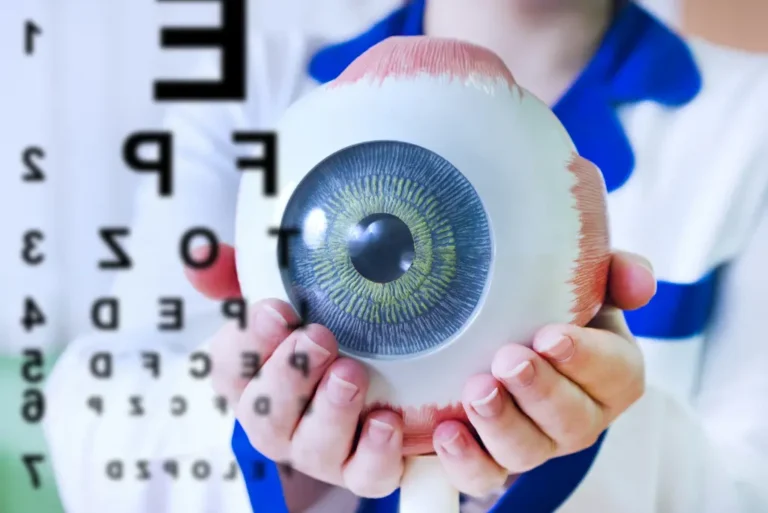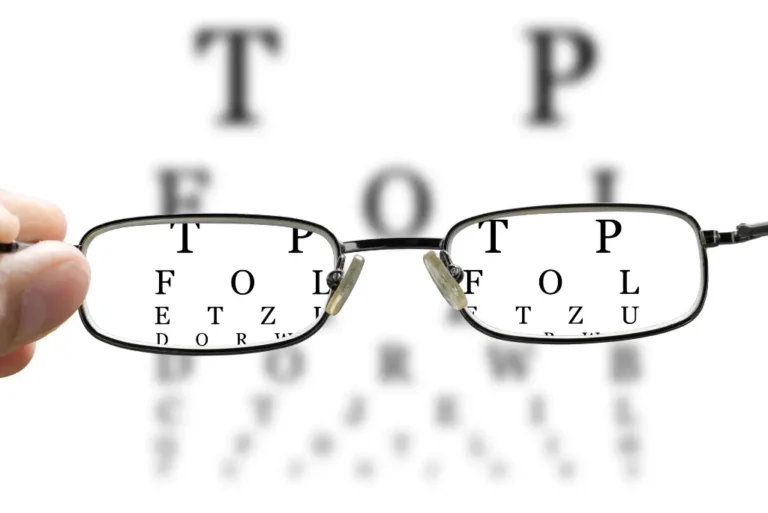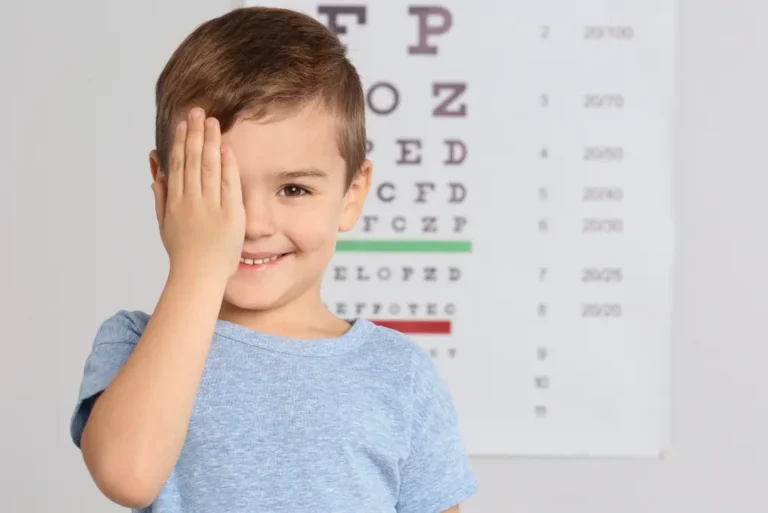Short-sightedness (myopia) doesn’t always start with obvious symptoms — but it can progress quietly, affecting how a child sees the classroom board, reads, or even plays outdoors. Seeing an optometrist for myopia early allows for precise detection, timely intervention, and lifelong protection for your child’s eyesight.
At Optimax Eye Clinic, our optometrists use advanced diagnostic tools and evidence-based strategies to detect myopia early and control short-sightedness before it leads to serious eye health risks.
Understanding the Optometrist’s Role in Myopia Care
Optometrists are often the first line of defence in managing myopia. They don’t just check for glasses prescriptions — they measure changes in the eye’s axial length, assess focusing ability, and monitor long-term visual development.
When detected early, they can implement effective strategies to slow down the progression of myopia — reducing the risk of severe vision impairment later in life.
The Long-Term Risks of Untreated Myopia
Uncontrolled myopia isn’t just a matter of thicker lenses. It increases the lifetime risk of developing:
- Retinal detachment
- Glaucoma
- Cataracts
- Myopic maculopathy (degeneration of the central retina)
Early intervention can prevent or significantly delay these complications — making regular visits to an optometrist for myopia a crucial part of preventive eye care.
How Optometrists Control Short-Sightedness
At Optimax Kuala Lumpur, our optometrists use a combination of proven approaches to manage myopia safely and effectively:
- Comprehensive Eye Assessments
Advanced imaging and refraction testing to detect even subtle changes in eye growth. - Optical Interventions
Myopia control lenses and contact lenses that help reduce strain and slow eye elongation. - Low-Dose Atropine Therapy
Professionally prescribed eye drops by ophthalmologists are proven to slow myopia progression in children. - Lifestyle Guidance
Encouraging outdoor activities and managing screen time to reduce digital strain. - Collaborative Care with Ophthalmologists
For complex cases or when structural changes in the eye are detected, ophthalmologists provide specialist-level oversight.
Why Early Action Makes All the Difference
Myopia often progresses fastest between the ages of 6 and 12 — when the eyes grow most rapidly. Regular visits to an optometrist during this stage allow for early, evidence-based interventions that can make a lifelong difference in your child’s vision and confidence.
The Optimax Advantage
- Nationwide Access: 24 branches across Malaysia, including Kuala Lumpur, Penang, Johor, Sabah, and Sarawak.
- Experienced Team: Optometrists trained in the latest myopia management protocols.
- Advanced Diagnostics: Axial length measurement, corneal mapping, and retinal imaging.
- Award-Winning Expertise: Recognised by the Asia Pacific Global Health Awards (2022–2024) for outstanding ophthalmology care.
At Optimax, our goal isn’t just to correct vision — it’s to protect it.
FAQ
Q: At what age should my child see an optometrist for myopia?
A: Children as young as 3 years old can be tested. The earlier myopia is detected, the easier it is to manage.
Q: How often should my child have eye check-ups?
A: Every 6–12 months, depending on the degree of myopia and age.
Q: Are myopia control lenses safe for children?
A: Yes, they’re designed specifically for young wearers and backed by extensive clinical research.
Give your child the best start to a lifetime of healthy vision. Book an appointment with an Optometrist for Myopia at Optimax Kuala Lumpur today.




